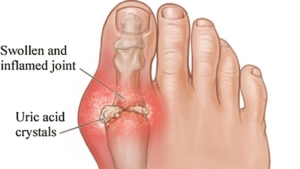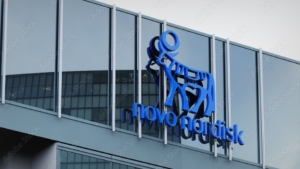
Biotech funding environment calls for more creativity
From its all-time high in August 2021 the largest and most important index for the biotech industry also in Europe (NBI) lost around 25%. After a period of excessive capital inflows, money is much harder to come by these days. The answer can only be more creativity in structuring deals.
There are many reasons behind this quite hard and persistant landing. For sure, too many early-stage companies went public and find themselves today with limited cash runways combined with limited options to access fresh capital, resulting in a near record high number of c.200 listed biotech companies globally (out of a total of c.850) trading below their cash levels (i.e. a negative enterprise value).
However, Biotech stocks trade on long-term expectations for future cash flows and therefore trade inversely to interest rates, which have seen a record-breaking rise in the last months. As it turns out, inflation may not disappear quickly and higher interest rates may stay for longer. Have the fundamentals of the biotech industry changed after all? Probably not as there is a stronger than ever innovation power and leading-edge technology out there. But markets probably overshot on the upside, and now we are living the consequences.
Money is certainly available. However, going forward, greater scrutiny from public, private and venture capital investors can be expected on how capital is deployed. Successful biotechs will ensure a clear connection between capital allocation and value creation in R&D. Against this backdrop, transaction activity and average deal values continue to decline from 2021 highs through the beginning of 2023. As inflation remains elevated, Central Banks likely maintain their hawkish stance and current market conditions, if they persist much longer, will force issuers in need of capital to make tough decisions.
In summary, a prolonged buyers’ market means the opportunities to support issuers will require increasingly investor-friendly terms. Strong companies with recurring revenues, profitability, and compelling uses of proceeds can find success in accessing the record amounts of investors’ dry powder even in this challenging market.
Also, large pharma companies collectively are sitting on historically high cash piles to fund M&A and strategic partnerships, while facing significant product exclusivity losses in the coming years themselves. However, large pharma M&A may or may not pick up any time soon and in case it does, it will for sure not rescue all biotech companies running out of cash.
Despite this tough funding environment, a few follow-ons were successfully placed in the market recently, including in Europe. Some biotechs have secured funding from existing investors, often through private investments in public equity, but these options are unattractive or unobtainable for many smaller companies given current valuations.
How can hundreds of public biotechs gain financing through the downturn? The answer can only be more creativity in structuring deals including alternative funding options such as royalty deals, structured financing for clinical trials, an expanded role for private equity, convertible bonds and even non-traditional venture debt financing.
This article was originally published in European Biotechnology Magazine Spring Edition 2023.


 John Kiel - wikipedia
John Kiel - wikipedia Adobe stock photos - https://european-biotechnology.com/latest-news/roche-moves-obesity-asset-ct-388-into-phase-iii/
Adobe stock photos - https://european-biotechnology.com/latest-news/roche-moves-obesity-asset-ct-388-into-phase-iii/ NATO
NATO